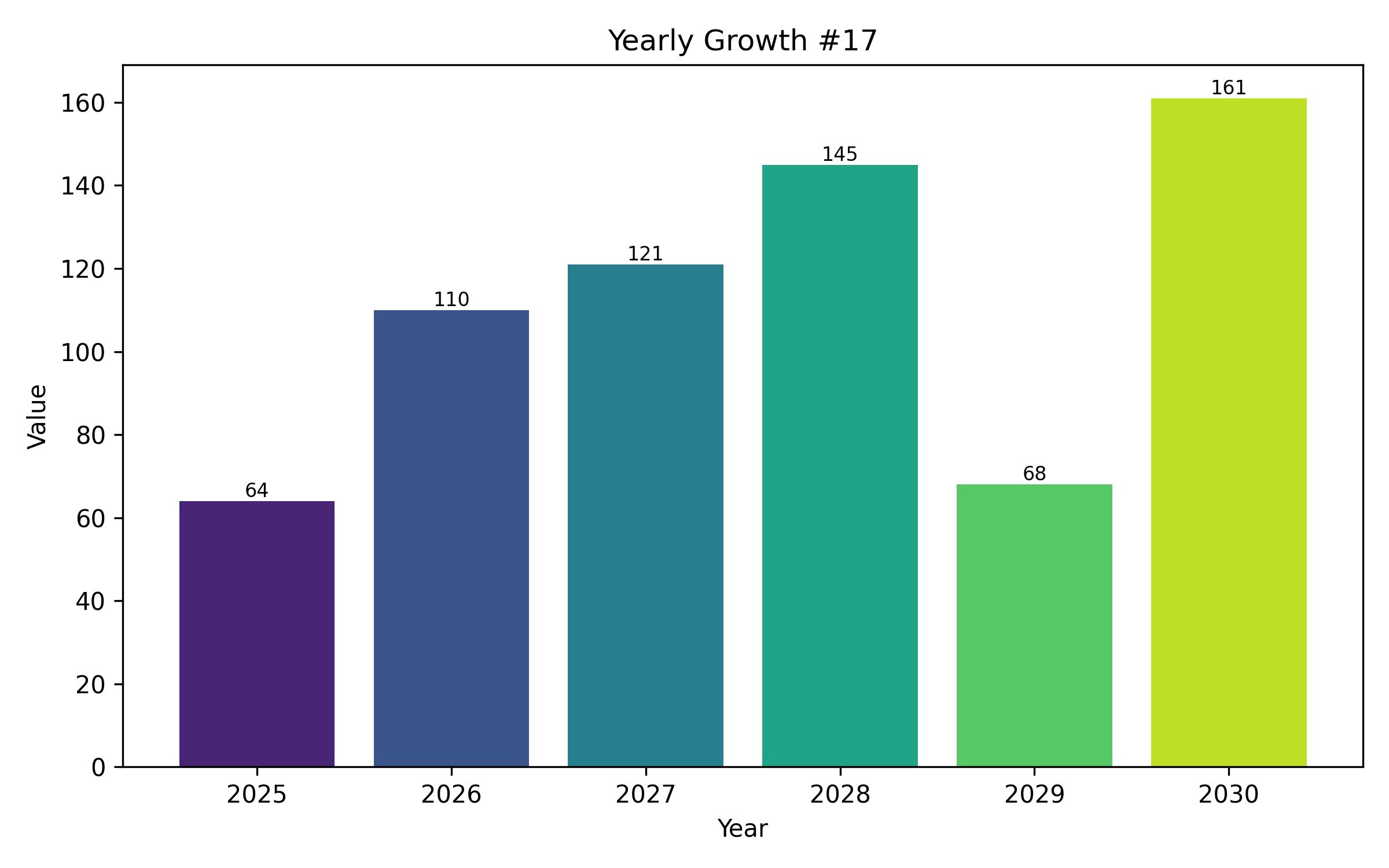Japan’s Texturized Vegetable Protein Sector: Market Insights, Share Distribution, and Future Growth Trajectory (2025-2035)
Overview:
The Japanese market for texturized vegetable protein is anticipated to reach a value of USD 47.5 million in 2025. Projections indicate a robust compound annual growth rate of 8.8% from 2025 through 2035, forecasting the market to achieve approximately USD 103.0 million by the close of this period.
Market expansion is primarily propelled by a blend of shifting dietary habits, enhanced public awareness regarding health concerns, and the increasing embrace of global culinary trends within Japan. A significant driver of this growth is Japan’s gradual adoption of plant-based diets, motivated by both environmental considerations and health objectives.
While Japan possesses a traditional diet rich in fish, soy, and vegetables, the contemporary global movement advocating for reduced meat consumption and the utilization of sustainable protein sources has begun influencing Japanese consumers, particularly younger demographics and urban residents.
This shift has positioned TVP as a viable meat substitute for daily meals, especially as issues related to heart health, cholesterol, and lifestyle diseases become more prevalent. Furthermore, Japan’s aging population is a contributing factor to evolving dietary patterns.
Older consumers require easily digestible and protein-rich food options that are low in fat, and TVP effectively addresses these needs. As awareness of the health benefits associated with diets high in protein and low in saturated fat grows, individuals are increasingly exploring plant-based alternatives like TVP for their nutritional value and adaptability.
Given Japan’s existing culinary tradition that incorporates soy-based foods such as miso and tofu, integrating TVP into familiar dishes like curries, stir-fries, and donburi bowls has proven relatively straightforward. The market has also received a boost from a greater focus on sustainable living and heightened environmental consciousness among consumers.
With Japan actively pursuing its climate goals, there is increasing societal and governmental encouragement to adopt sustainable food systems. TVP, with its lower carbon footprint compared to conventional meat, aligns well with these targets. The expanding availability of plant-based options in retail outlets, coupled with educational initiatives on alternative proteins, is further accelerating consumer adoption.

| Report Attribute | Details |
|---|---|
| Market Size in 2025 | USD 47.5 million |
| Revenue Forecast for 2035 | USD 103.0 million |
| Growth Rate (CAGR) | 8.8% from 2025 to 2035 |
| Base Year for Estimation | 2024 |
| Historical Data | 2019 – 2023 |
| Forecast Period | 2025 – 2035 |
| Quantitative Units | Revenue in USD million and CAGR from 2025 to 2035 |
| Report Coverage | Revenue forecast, company market share, competitive landscape, growth factors, and trends |
| Covered Segments | Nature, Product Type, Form, End-use, Process Type, Distribution Channel, and Region |
| Regional Scope | Japan |
| Country Scope | Japan |
| Key Companies Analyzed | Kurakon, Cargill Inc., Alishan Organic Textured Soy Protein, Fuji Oil Company Limited, Miracle Meats, Puris Proteins, LLC., Archer Daniels Midland Company, CHS Inc., Roquette Frères, Beneo GmbH |
| Customization Options | Free report customization (up to 8 analysts working days) with purchase. Changes to country, regional, and segment scope |
| Pricing and Purchase Options | Customizable purchase options for tailored research needs |

Report Coverage & Deliverables
- Market Trends And Dynamics
- Competitve Benchmarking
- Historical data and forecasts
- Value/Volume analysis
- Company revenue shares and key strategies
- Regional opportunities
This is an indicative segmentation. Please request a sample report to see detail segmentation of this market.
Detailed Market Segmentation
- By Nature
- Conventional
- Organic
- By Product Type
- Soy-based
- Pea-based
- Wheat-based
- Rice-based
- Other Vegetable Proteins
- By Form
- Granules
- Chunks
- Flakes
- Strips & Pieces
- By End-use
- Food Manufacturers
- Foodservice Operators
- Household/Retail
- By Process Type
- Extrusion
- Shearing
- Spinning
- By Distribution Channel
- Direct Sales
- Retail
- Online Retail
- By Region
- Japan
Table of Content
- Executive Summary
- Market Overview
- Key Market Trends
- Demand Analysis 2020 to 2024
- Future Outlook 2025 to 2035
- Market Size and Forecast
- Pricing Analysis
- Market Background
- Risk Assessment
-
Segmentation by Nature
- Conventional TVP
- Organic TVP
-
Segmentation by Product Type
- Soy-based TVP
- Pea-based TVP
- Wheat-based TVP
- Rice-based TVP
- Other Vegetable TVP
-
Segmentation by Form
- Granules
- Chunks
- Flakes
- Strips & Pieces
-
Segmentation by End-use
- Food Manufacturers
- Foodservice Operators
- Household/Retail Consumers
-
Segmentation by Process Type
- Extrusion Method
- Shearing Method
- Spinning Method
-
Segmentation by Distribution Channel
- Direct Sales
- Retail Stores
- Online Retail Platforms
- Regional Market Analysis – Japan
- Competitive Landscape
- Market Share Analysis by Company
- Key Company Profiles
- Assumptions and Acronyms
- Research Methodology
